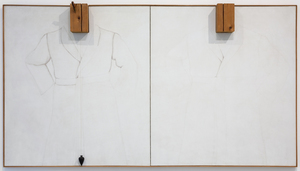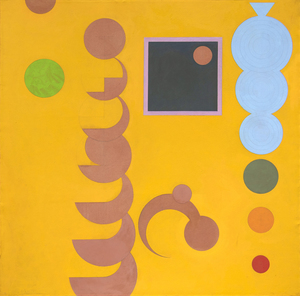אנו נרגשים לחלוק את האוסף הפנטסטי של יצירות אמנות בתצוגה הקיץ בגלריה שלנו בג'קסון הול, ויומינג. גלריית ויומינג שלנו ממוקמת ממש ליד כיכר העיר ברחוב סנטר 172, ומציגה יצירות אמנות כחולות-שבב מכל הז'אנרים, כולל פרידה קאלו, ג'ואן מירו, אלכסנדר קלדר ומרי קורס. גלו את האוסף המלא בסיור הוירטואלי בתלת מימד שלנו.





_tn43914.jpg )




_tn37191.jpg )




